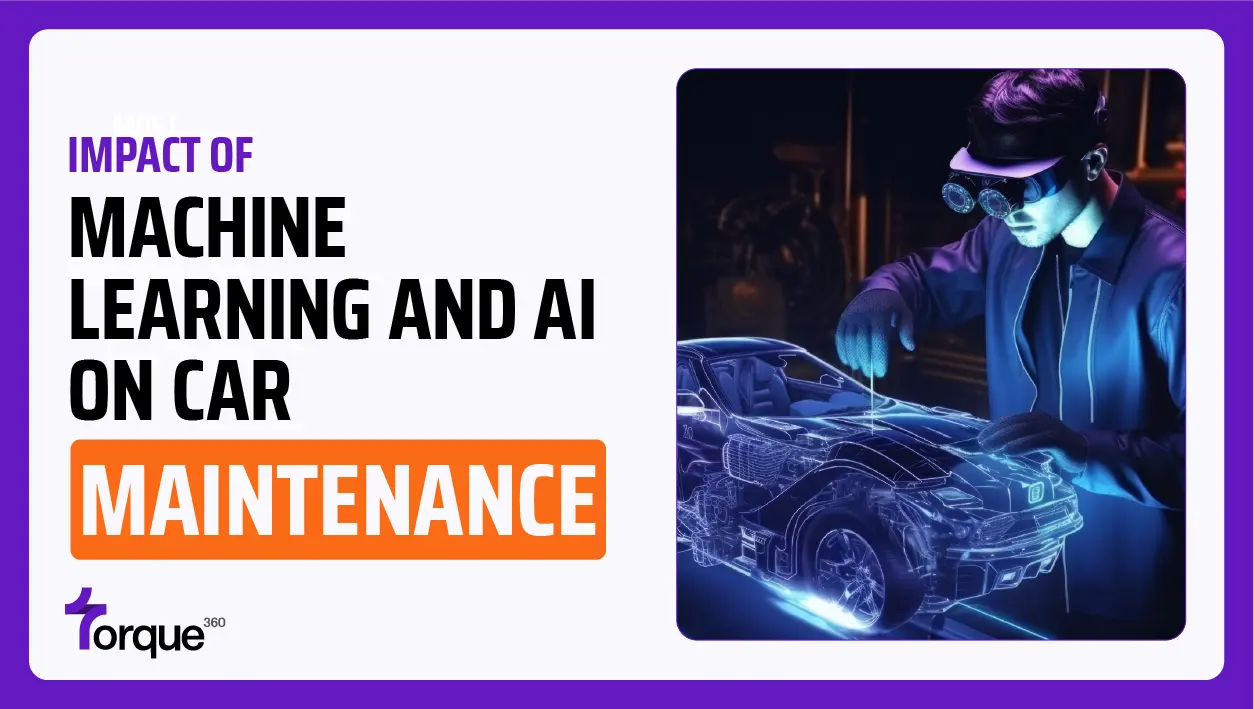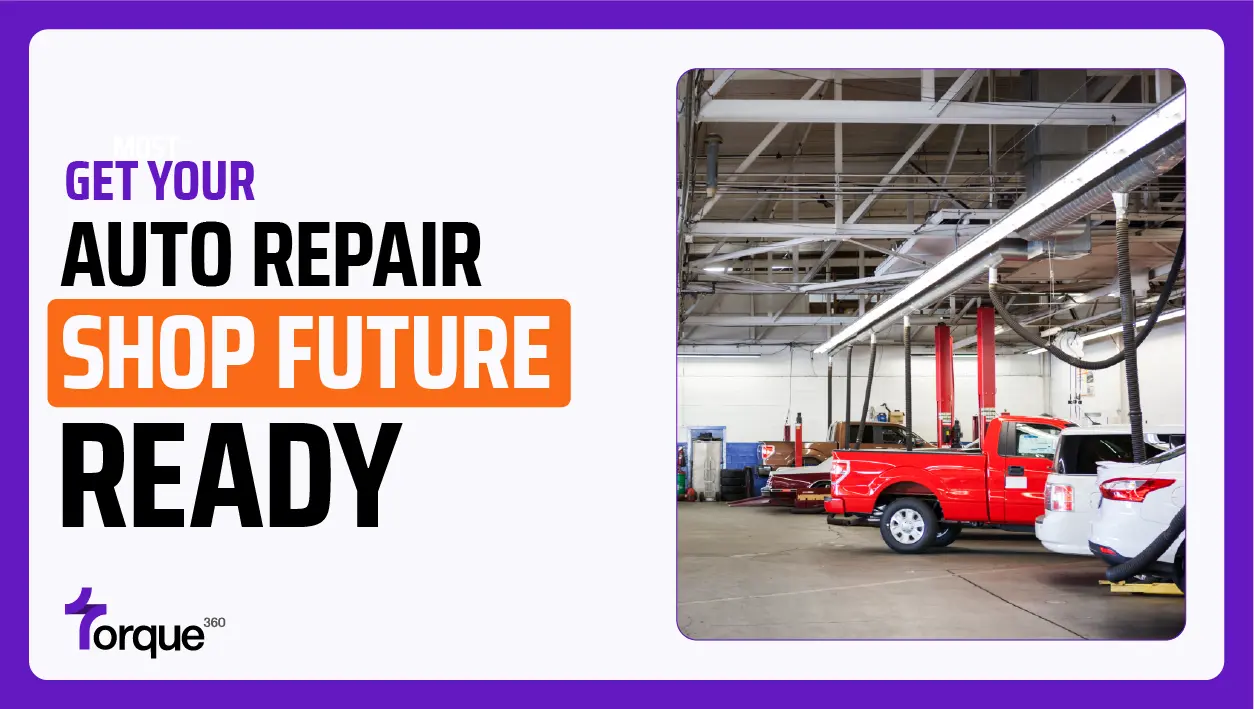Imagine a world where your car can predict when it’s about to break down and schedule its own maintenance appointment. This is not fiction but one of artificial intelligence (AI) and machine learning (ML) features in the automobile sector.
Advances in artificial intelligence (AI) and machine learning (ML) have caused a seismic change in the automobile sector. The automotive industry is undergoing an evolution as a result of these technologies, and it is increasingly utilizing these newfound capabilities in every element of vehicle design, production, safety, supply chain optimization, ecological sustainability, and quality control.
According to a McKinsey report, AI could add up to $13 trillion to the global economy by 2030, revolutionizing industries from healthcare to automotive.
This article explores how artificial intelligence (AI) and machine learning (ML) are changing auto repair. It investigates how these technologies enhance diagnostics and repairs, estimate issues before they arise, and optimize maintenance schedules.
Evolution of Car Maintenance
Car maintenance was a manual procedure before artificial intelligence (AI) and machine learning (ML) emerged. Mechanics relied on their knowledge, experience, and basic diagnostic tools to identify and fix problems.
Routine maintenance schedules, such as replacing the oil every 3,000 miles or the tires every 6,000 miles, were developed using industry standards.
Common Challenges and Limitations
- Reactive Approach: Rather than being proactive, maintenance was frequently reactive, with repairs carried out after an issue had already led to a breakdown.
- Human Error: Misdiagnoses and needless repairs were frequently the result of diagnostic errors.
- Time-consuming: Manual inspections and repairs may take a lot of time, which might make consumers wait longer.
- Expensive Repairs: In the absence of predictive technologies, minor problems may turn into significant, costly repairs.
- Limited Data: Because mechanics had limited access to data, it was challenging for them to forecast potential problems based on past performance and usage trends of the vehicle.
The Need for Innovation
With their complex electrical systems and advanced components, modern cars have become smarter than ever, making old maintenance procedures useless. Modern cars are becoming more and more complicated:
- Advanced Electronics: Many electrical systems in modern automobiles need to be maintained with specific expertise and equipment.
- Integrated Systems: Due to the growing interconnection of components, issues in one area can impact other systems.
- Software Updates: Cars need to update their software regularly to maintain maximum performance and safety, which adds another level of complexity.
Rising Customer Expectations for Efficiency and Reliability
- Demand for Reliability: Customers want their cars to be stable and free from unexpected breakdowns.
- Convenience: Car owners expect quick and efficient maintenance services in today’s dynamic world.
- Personalization: Personalised maintenance schedules catering to specific cars’ specific needs and behaviors are becoming increasingly popular.
These elements have made it obvious that auto maintenance innovation is needed. Machine learning and artificial intelligence can satisfy these expectations and eventually improve the whole experience of automobile maintenance by offering more precise diagnostics, predictive maintenance, and effective service scheduling.
Role of ML and AI in Car Maintenance
- Predictive Maintenance
Vehicles that use predictive maintenance rely on continuous data gathering and processing from a variety of installed sensors. These sensors monitor tire pressure, brake wear, engine efficiency, and other factors. Then, using real-time analysis, AI systems go through this data to find patterns and irregularities that could point to a problem. Up to 25% of maintenance expenses can be cut using predictive maintenance.
- Reduced Downtime: Forecasting and avoiding car issues decreases maintenance expenses and downtime. For commercial fleets, this is crucial as downtime has a direct impact on output. According to Deloitte analysis, predictive maintenance can reduce downtime by 30% to 50%, decrease breakdowns by 70%, and increase productivity by 25%.
- Extended Vehicle Lifespan: Rather than following set timetables, regular maintenance based on actual vehicle circumstances can extend a vehicle’s life.
- Enhanced Safety: By identifying and preventing flaws that can result in accidents, predictive maintenance can enhance dependability and safety.
- Data-Driven Decisions: By utilizing AI in predictive maintenance, manufacturers and service providers may make more informed judgments and customize their products to meet specific demands.
- Personalized Maintenance Scheduling
Automated systems use real-time vehicle data and artificial intelligence (AI) to organize routine maintenance. These technologies offer customized maintenance plans that consider each car’s specific needs and driving habits.
- Tailored Schedules: AI systems assess data including driving habits, mileage, and vehicle condition to recommend repairs when they are most needed, instead of adopting a one-size-fits-all approach. With this approach, you can be sure that every car gets the care it needs without having to make repeated trips to the shop.
Convenience: Car owners can stay on top of their maintenance requirements without having to physically check or remember when services are needed, thanks to automated reminders and scheduling. Customers can customize their maintenance programs using auto repair estimate and management software by using vehicle data.






